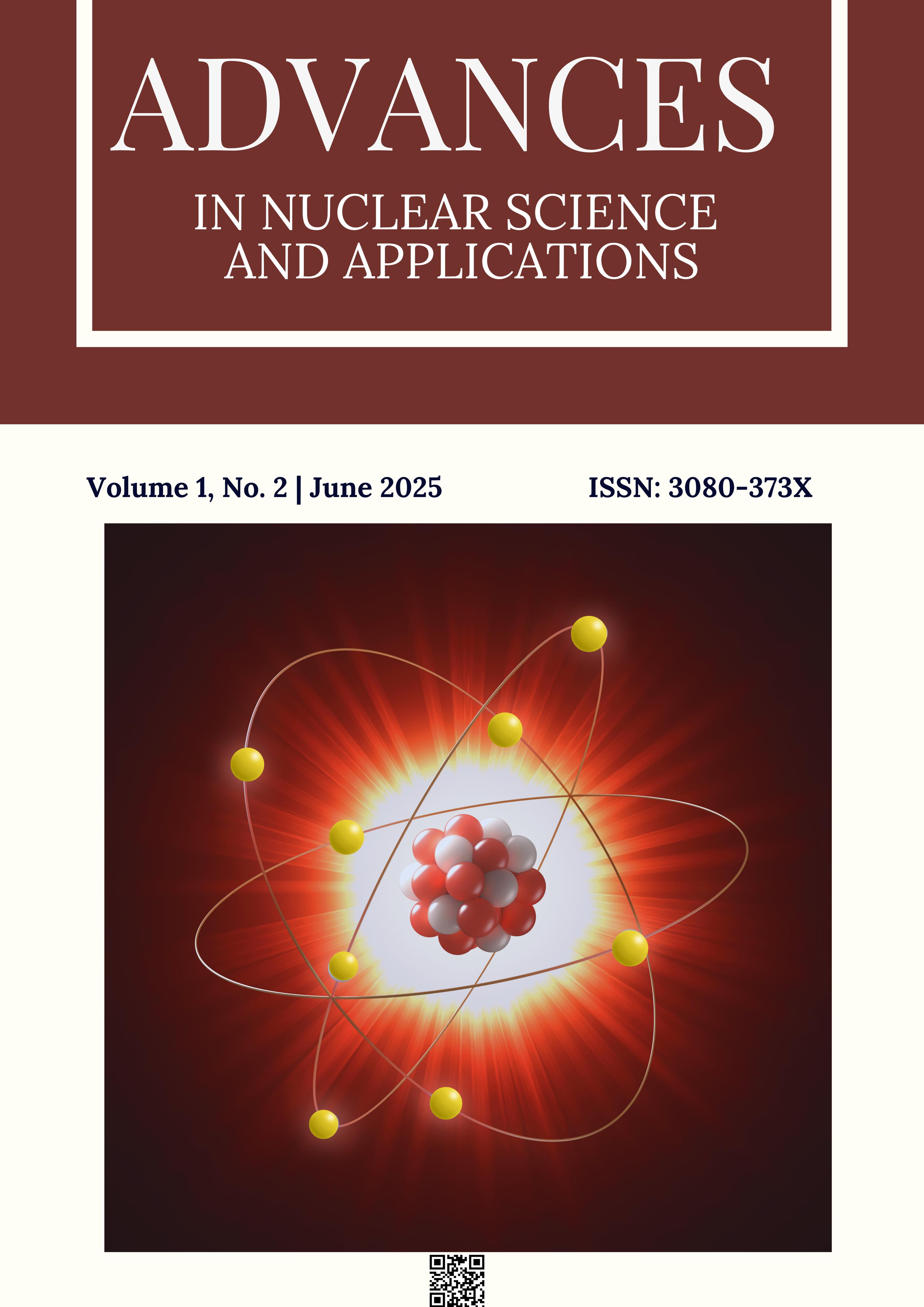Structure and reactions of the two-neutron halo nucleus ${}^{11}\text{Li}$
DOI:
https://doi.org/10.63907/ansa.v1i2.37Keywords:
halo nucleus, exotic nuclear structure, Borromean, nuclear reactionAbstract
The two-neutron halo nucleus ${}^{11}\text{Li}$ represents one of the most striking manifestations of exotic nuclear structure far from stability. Its extremely low two-neutron separation energy, extended matter distribution, and Borromean three-body configuration (${n} + n + {}^{9}\text{Li}$) make it a benchmark system for studying weak binding, neutron correlations, and continuum effects. This review summarizes the experimental approaches that have elucidated the halo structure of ${}^{11}\text{Li}$, including interaction cross section measurements, elastic proton scattering, transfer reactions, momentum distribution analyses, Coulomb breakup. Particular emphasis is placed on the role of the unbound subsystem ${}^{10}\text{Li}$ in shaping the structure of ${}^{11}\text{Li}$ through its virtual $s$-states and low-lying resonances. The experimental findings are interpreted in the context of modern three-body theoretical models, highlighting the interplay between valence neutron correlations and nuclear dynamics at the edge of stability.
Downloads
Published
Issue
Section
License
Copyright (c) 2025 Advances in Nuclear Science and Applications

This work is licensed under a Creative Commons Attribution 4.0 International License.






